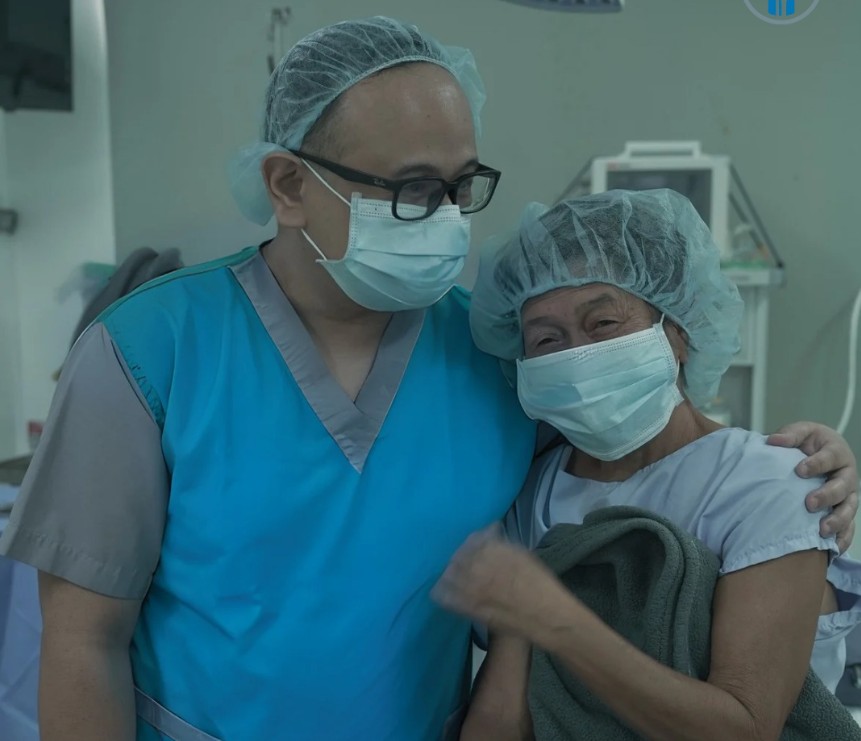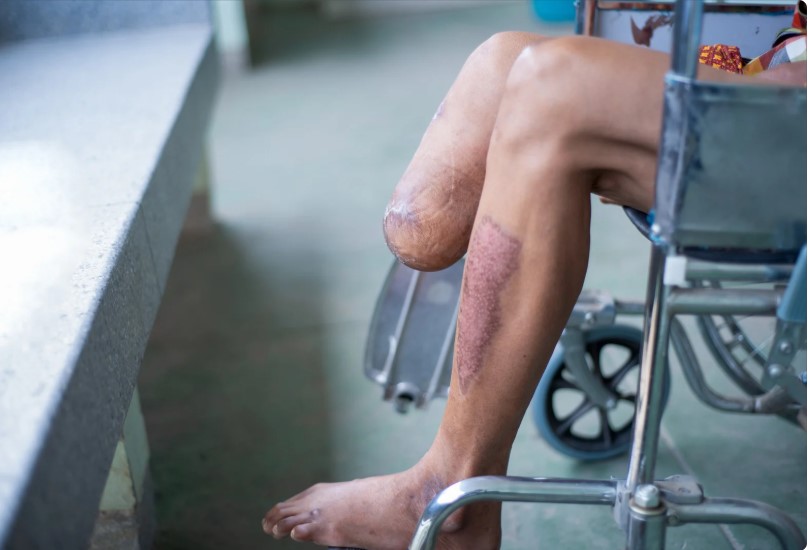Pushing your physical limits through athletics or exercise is empowering—but it also comes with the risk of injury. Whether you’re training for a marathon, competing at the collegiate level, or simply staying active on the weekends, your body endures constant strain. When injuries strike, sports physical therapy offers a direct path to recovery, strength, and long-term performance.
This specialized form of therapy focuses on restoring function, reducing pain, and helping you safely return to the activities you love—with personalized treatment tailored to your goals.
What Is Sports Physical Therapy?
Sports physical therapy is a branch of rehabilitation dedicated to the evaluation, treatment, and prevention of injuries related to athletic activity. It’s not just for elite athletes—it benefits anyone engaging in physical activity who experiences pain, weakness, or decreased mobility.
Unlike general physical therapy, sports physical therapy goes beyond healing. It incorporates performance-focused strategies, strength training, and biomechanical analysis to help individuals return to peak performance and prevent future setbacks.
Whether you’re recovering from a torn ligament or looking to improve form, sports physical therapy bridges the gap between injury and optimal physical function.
Common Sports Injuries Treated by Physical Therapists
Physical therapists specializing in sports injury care treat a wide variety of musculoskeletal conditions. Common injuries include:
- Sprains and strains: Overstretched or torn ligaments and muscles often occur during sudden movements.
- ACL tears and knee injuries: High-impact sports can stress the knees, leading to ligament damage or cartilage wear.
- Rotator cuff injuries: Common among swimmers, baseball players, and weightlifters, these injuries can affect shoulder mobility and strength.
- Tennis elbow and golfer’s elbow: Repetitive motions can inflame tendons in the elbow, leading to chronic pain.
- Shin splints and stress fractures: Often caused by improper footwear or overtraining, these issues affect runners and jumpers.
- Back and neck injuries: Contact sports, poor posture, or heavy lifting can cause misalignment and pain in the spine.
- Ankle and foot injuries: Rolling an ankle or overpronation while running can lead to ligament tears or plantar fasciitis.
No matter the type of injury, sports physical therapy focuses on restoring mobility, strengthening affected areas, and preventing reinjury through structured treatment.
Benefits of Sports Physical Therapy for Athletes
The advantages of working with a sports physical therapist go beyond healing. A comprehensive rehabilitation program empowers athletes and active individuals to:
- Reduce pain and inflammation naturally without relying heavily on medication.
- Regain mobility and flexibility through targeted stretching and mobilization techniques.
- Accelerate recovery timelines and return to activity safely.
- Prevent future injuries by correcting movement imbalances and improving form.
- Enhance performance by building strength, stability, and coordination specific to your sport.
Whether you’re aiming to get back to the field or simply move without discomfort, sports physical therapy supports your entire physical journey.
The Sports Injury Rehabilitation Process
Rehabilitation through sports physical therapy involves a strategic and phased approach tailored to your condition and goals:
Initial Assessment and Diagnosis: A licensed physical therapist evaluates the injury’s severity, assesses range of motion, and considers your medical history.
Customized Treatment Plan: Based on the findings, a personalized rehabilitation roadmap is created, including specific exercises and milestones.
Manual Therapy and Soft Tissue Mobilization: Hands-on techniques help release muscle tension, improve circulation, and restore proper joint function.
Strength and Conditioning: Targeted resistance exercises help rebuild weakened muscles and improve functional performance.
Return-to-Sport Testing: Before resuming full activity, your therapist will assess agility, strength, and endurance to ensure you’re ready to go without risk.
Throughout the process, your progress is closely monitored to ensure you’re healing correctly and meeting benchmarks.
Why Early Intervention Is Crucial
Delaying treatment for a sports injury can significantly impact your recovery time and long-term health. Early intervention is key to:
- Preventing further damage to muscles, tendons, or joints
- Improving outcomes by starting healing mechanisms sooner
- Avoiding compensatory movements that can lead to additional pain or injury
Sports physical therapy can address minor issues before they become chronic conditions, keeping you active and healthy for the long run.
How Osteopractic Physical Therapy of Central Indiana Helps
At Osteopractic Physical Therapy of Central Indiana, the mission is clear: help athletes and active individuals recover quickly and return stronger.
Whether you’re a seasoned competitor or a weekend enthusiast, the clinic offers a range of evidence-based treatment options. The approach combines cutting-edge manual therapy techniques, functional movement screening, and sport-specific training programs to ensure every patient receives a plan aligned with their goals.
You’ll work one-on-one with skilled therapists who understand the demands of sports performance. They treat not only the injury but also the root cause—whether that’s biomechanics, flexibility, or muscle imbalances—so you can train smarter and stay injury-free.
When Should You See a Sports Physical Therapist?
Recognizing when it’s time to see a physical therapist can be the difference between a short-term issue and a long-term setback. Seek help if you experience:
- Persistent joint or muscle pain after activity
- Swelling, stiffness, or reduced range of motion
- Difficulty bearing weight or instability during movement
- Recurrent injuries or overuse pain
- Pain that worsens with repetitive movement
Your physical therapist may also request a physician referral based on your health history, especially if diagnostic imaging is needed. Acting early ensures faster healing and fewer complications.
Takeaway
Sports injuries can sideline your progress—but they don’t have to stop you completely. With the help of sports physical therapy, you can recover stronger, move more efficiently, and perform at your best. Whether you’ve rolled an ankle during a soccer game or strained your back lifting weights, early treatment leads to faster healing and better outcomes.
At Osteopractic Physical Therapy of Central Indiana, you’ll find a team dedicated to helping you return to your sport and exceed your personal goals through a blend of science, expertise, and personalized care.
Don’t let pain or injury hold you back. Start your sports physical therapy journey today and reclaim the active lifestyle you deserve.







